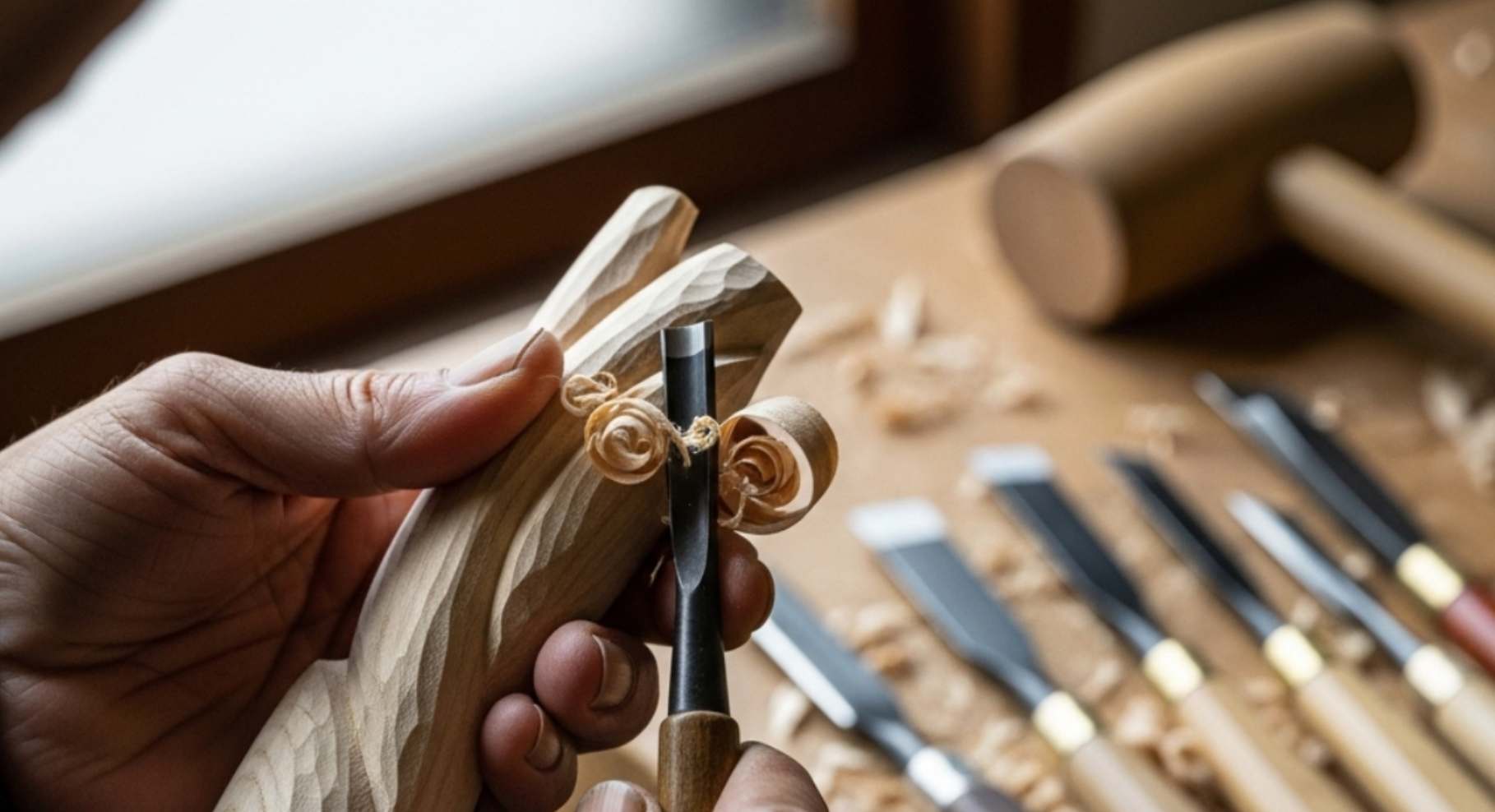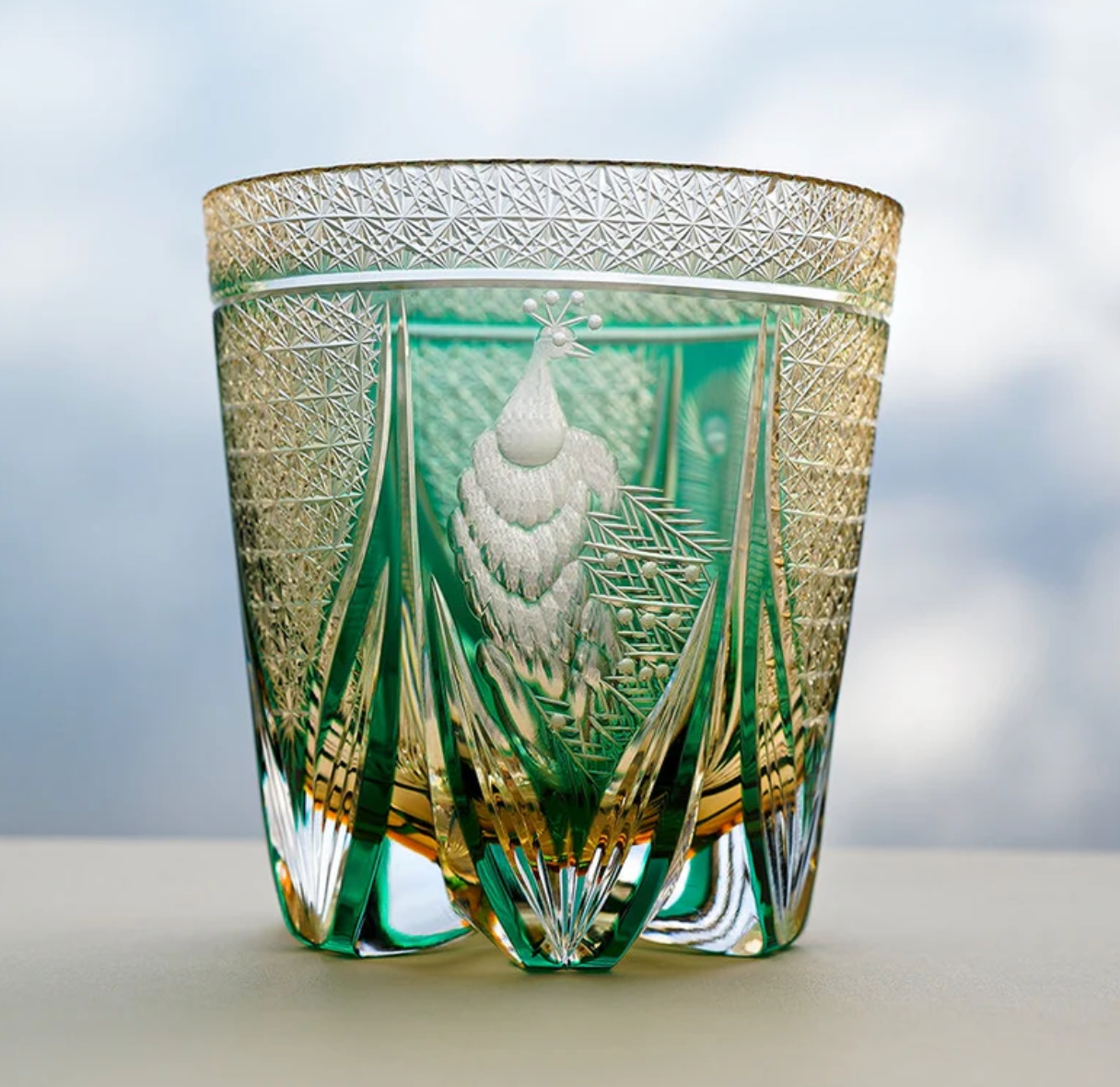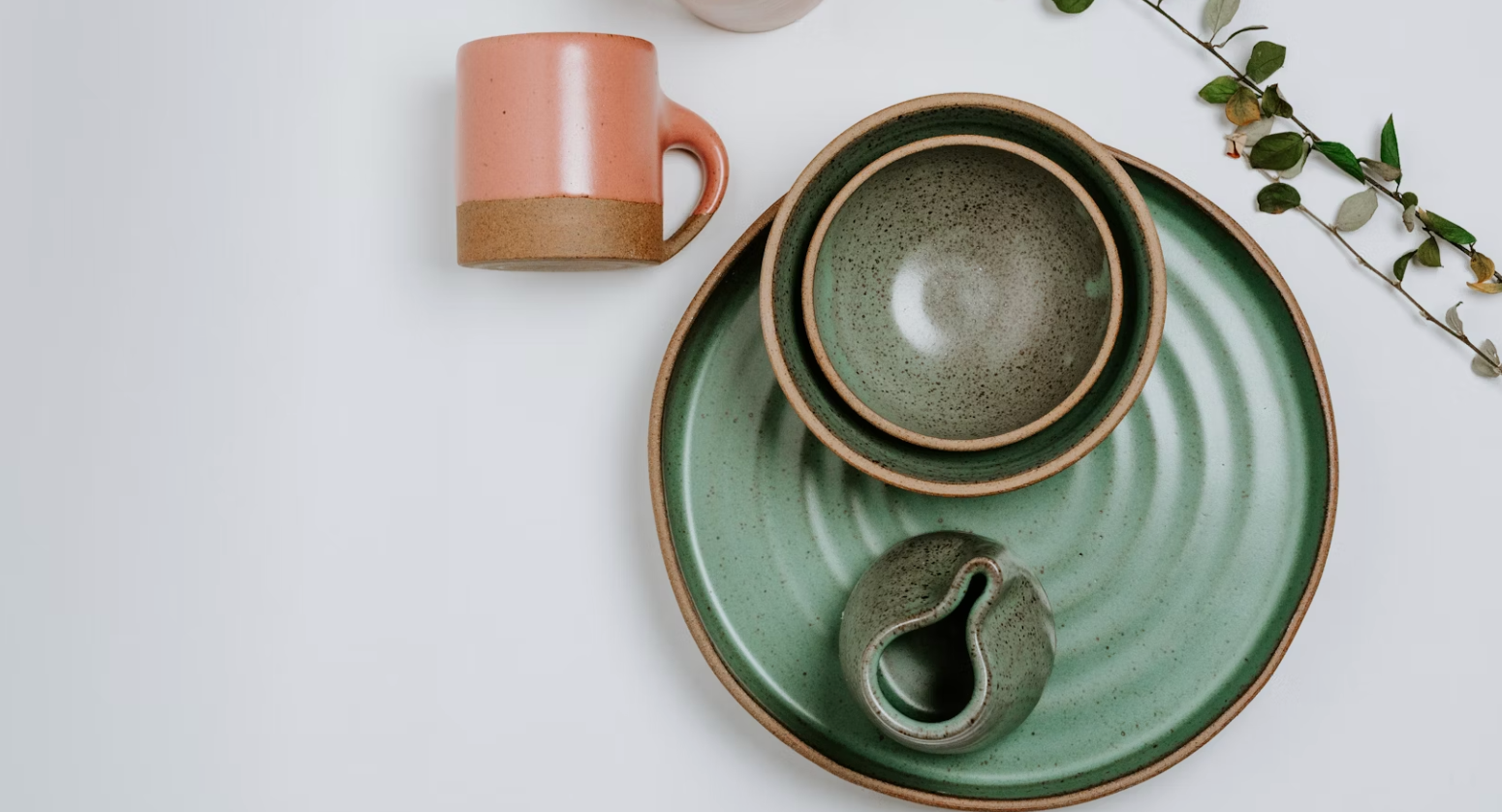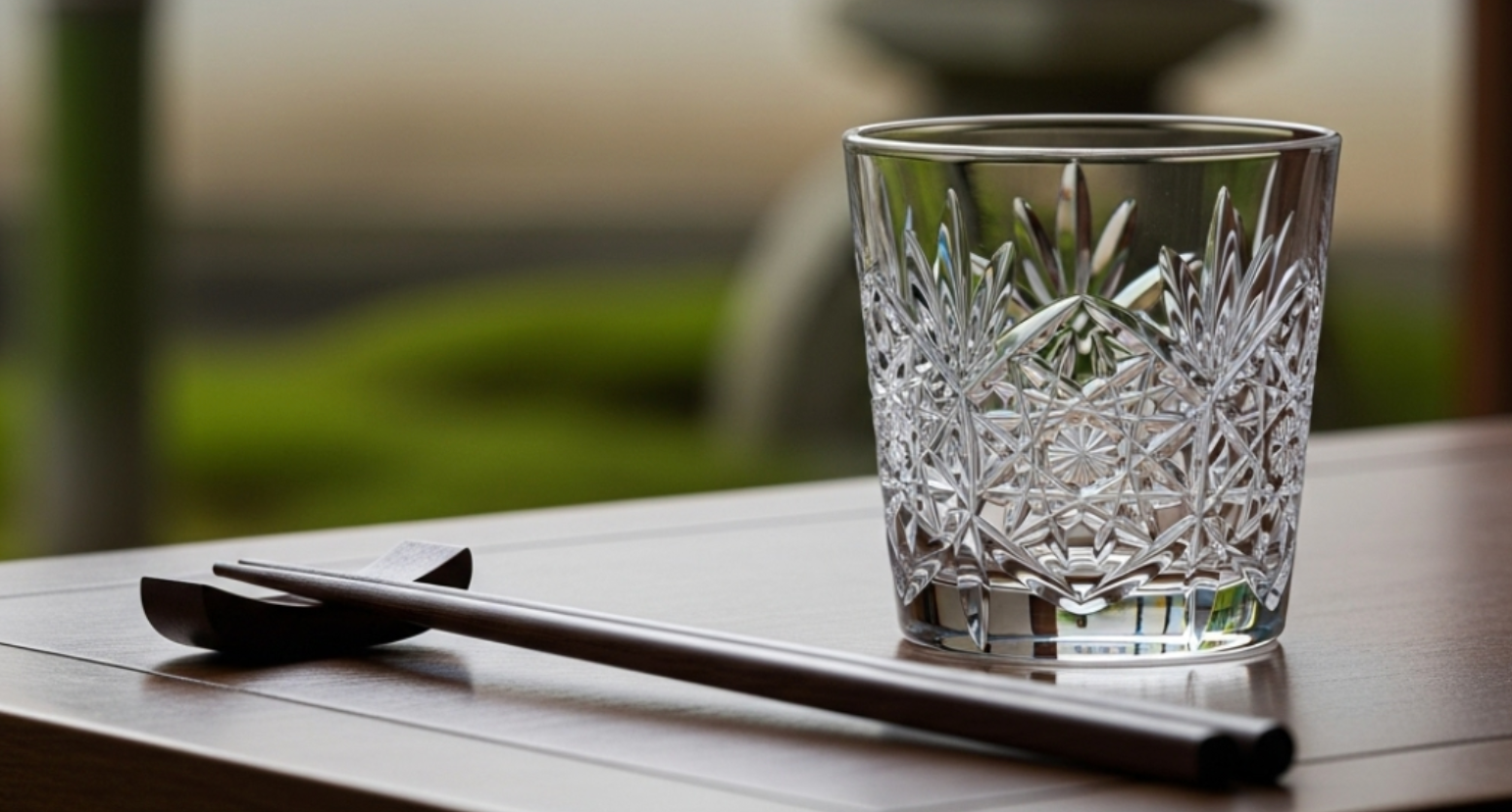
The Whispers of Wood: How Japanese Artisans Capture the Soul of a Tree
In a world increasingly defined by the sleek, cold perfection of synthetic materials and the relentless churn of disposable goods, there is a profound comfort in holding something forged from the earth itself. Japanese craftsmanship has long held a deep and abiding reverence for wood, not just as a material, but as a living entity with its own history, spirit, and soul. To a master artisan, a piece of wood is not a blank slate to be dominated, but a living partner with whom to collaborate. They see not a block of raw material, but the potential for a new life, a new purpose, and a new story. This profound respect for nature is a cornerstone of Japanese philosophy, and it is nowhere more evident than in the art of woodcraft.
Part I: The Philosophy of Wood in Japanese Culture
Kami and the Sacred Forest
The Japanese relationship with wood is deeply rooted in the nation's spiritual and cultural history. The indigenous animistic beliefs of Shintoism, which hold that kami (divine spirits) reside in natural objects like trees, stones, and mountains, have endowed wood with a sacred quality. The very word for wood, ki (木), is pronounced identically to the word for spirit or energy, a linguistic and spiritual connection that elevates wood from a simple building block to a vessel for a divine presence.
This reverence is seen in the very fabric of Japanese life. Traditional Japanese architecture, with its use of unpainted wood and sliding paper doors (shoji), seeks to integrate the home with the natural world. The use of wood is a reminder of impermanence and the cycle of life, a key tenet of Buddhist philosophy. Master artisans are therefore not just craftsmen; they are spiritual custodians, tasked with honoring the life of the tree in its new form. They are trained to see the unique character in each piece—the natural knots that tell of a tree's struggle, the flowing lines of the grain that reveal its growth, and the distinct scent that is its final breath. They do not seek to dominate the material but to collaborate with it, allowing its inherent beauty to guide their hands.
Wabi-Sabi and the Beauty of Impermanence
The beauty of wood lies in its imperfections and its ability to age gracefully, a concept central to the Japanese aesthetic of wabi-sabi. Unlike materials that seek to remain unchanging, wood evolves over time, developing a unique patina, a deeper color, and a smoother texture with each passing year. A piece of wood is never static; it is always in a state of becoming. A master artisan’s work celebrates this impermanence, preserving the natural flaws and irregularities that tell the story of the tree's life. A crack in the wood, for example, is not a mistake to be hidden, but a feature to be highlighted, a testament to the honesty of the material.
Part II: The Art of Material Selection
The creation of a handcrafted wooden item begins not with a chisel, but with a profound act of selection. For a master artisan, this is a ritual that honors the life of the tree and dictates the very soul of the finished piece. They understand that a piece of Hinoki cypress, with its fragrant, fine-grained wood, is not interchangeable with a piece of Japanese cherry wood, known for its dense, durable grain.
A Lexicon of Wood
The Japanese woodworker’s knowledge of their materials is encyclopedic. They understand the properties, strengths, and spiritual resonance of each type of wood.
-
Hinoki Cypress: Highly prized for its subtle lemon scent and its natural antimicrobial properties, Hinoki cypress is often used for high-quality kitchenware, such as rice scoops and cutting boards. Its wood is naturally water-resistant, making it perfect for items that come into contact with moisture.
-
Japanese Cherry Wood (Sakura): The same cherry tree that produces the iconic blossoms of spring yields a beautiful, dense wood that darkens and deepens in color over time. It is a favorite for finely carved items, furniture, and decorative boxes, as its strength and subtle grain hold intricate detail beautifully.
-
Japanese Cedar (Sugi): Known for its rich, straight grain and a slightly reddish hue, Sugi is a softer wood often used in architectural paneling and for creating boxes and containers. Its aromatic quality is believed to repel insects, making it a practical and beautiful choice.
-
Keyaki (Zelkova): Considered the king of Japanese hardwoods, Keyaki is renowned for its immense strength and its dramatic, flowing grain. It is a staple for traditional temple construction and high-end furniture, where its durability and striking beauty are on full display.
The artisan carefully examines the wood's grain, searching for the perfect pattern, the ideal flow. This is where their experience truly shines. They are not looking for a flaw-free slab, but for a piece with a unique story, a piece that has something to say. The natural curve of a branch may be incorporated into the handle of a spoon, and a knot may be celebrated as a point of interest, not an imperfection to be discarded.
Part III: The Techniques of Transformation
From Forest to Form
The journey from a raw log to a finished piece is a testament to patience and skill. After a piece of wood is selected, it must be properly dried—a process that can take years—to prevent warping and cracking. The carving and shaping process is where the true dialogue between the artisan and the wood takes place. It is a quiet, patient art, performed with a collection of specialized tools, each designed to make a specific cut or a precise curve. The artisan uses a series of hand planes, chisels, and carving knives, working with the grain, not against it, to reveal the hidden patterns and textures.
Joinery Without Nails
A hallmark of Japanese woodcraft is the use of complex, nail-less joinery. Techniques like kumiko, which uses interlocking wooden slats to create intricate geometric patterns, demonstrate an unparalleled understanding of the material. These joints are not merely functional; they are an elegant solution that honors the integrity of the wood, allowing it to expand and contract naturally with changes in humidity. The result is a piece that is not only beautiful but also incredibly strong and durable, designed to last for centuries.
The Unseen Touch of Lacquer (Urushi)
The application of lacquer, or urushi, is another ancient and revered art form that transforms wood. Made from the sap of the lacquer tree, urushi is applied in dozens of thin, painstaking layers, each allowed to dry and harden before the next is applied. This process creates a finish that is not only visually stunning—often with a mirror-like sheen or a subtle, deep lustre—but also incredibly durable, waterproof, and resistant to heat and acid. In the hands of a master, urushi is not just a protective coating; it is a way to deepen the wood's natural color and add another layer of story to the piece.
Part IV: Wood in the Modern Kitchen and Home
The Legacy of Kitchenware
In the modern kitchen, where a connection to the food is often lost, handcrafted wooden kitchenware serves as a powerful reminder of our roots. A hand-carved wooden rice scoop feels more natural than its plastic counterpart, its smooth, gentle curve a delight to hold. A thick, beautifully grained cutting board provides a stable and beautiful surface, honoring the ingredients that rest upon it. And a set of wooden chopsticks, polished and shaped to fit the hand, can elevate a simple meal into an intimate and mindful experience. These are not merely utensils; they are a daily practice in appreciation.
The Patina of Life
The most beautiful part of a handcrafted wooden piece is how it changes with time and use. A wooden rice scoop will deepen in color, developing a unique patina. The handle of a wooden spoon will slowly conform to the user's hand, becoming smoother and more personal with each use. These are not signs of wear and tear, but of a shared history between the object and its owner. It is this organic, evolving nature that transforms a functional item into a cherished heirloom, an object that tells a story not just of its own creation, but of the life it has witnessed.
Conclusion: A Narrative of Permanence in a Digital Age
In a world of fleeting trends and digital noise, the humble piece of wood stands as an anchor—a powerful reminder of what truly lasts. It is a testament to patience, skill, and the profound connection between an artist and their work. This is the philosophy behind our collection at Oriental Artisan. We believe that true luxury is not defined by opulence alone, but by the story and the soul etched into every stroke and grain. Our wooden treasures are for those who recognize that the finest things in life are those that carry forward the whispers of dynasties and the discipline of tea masters, objects that will endure long after we are dust.
Explore our collection of handcrafted wooden treasures and find your piece of history at Oriental Artisan.




Leave a comment
This site is protected by hCaptcha and the hCaptcha Privacy Policy and Terms of Service apply.